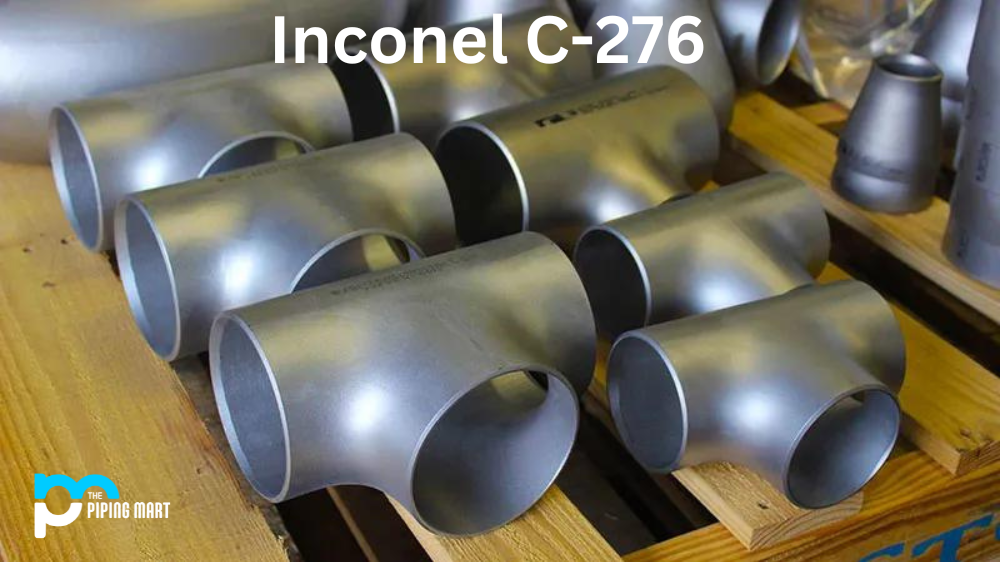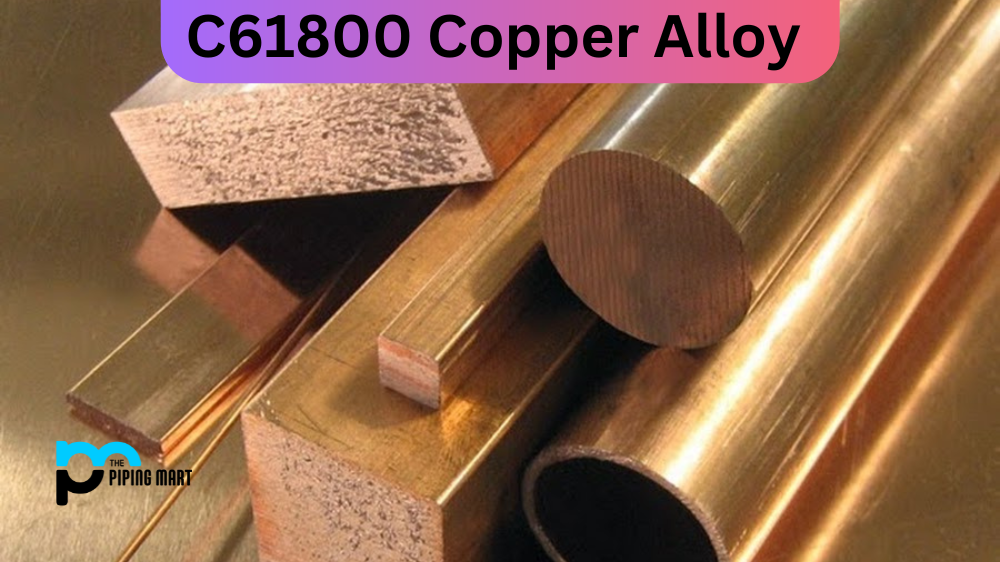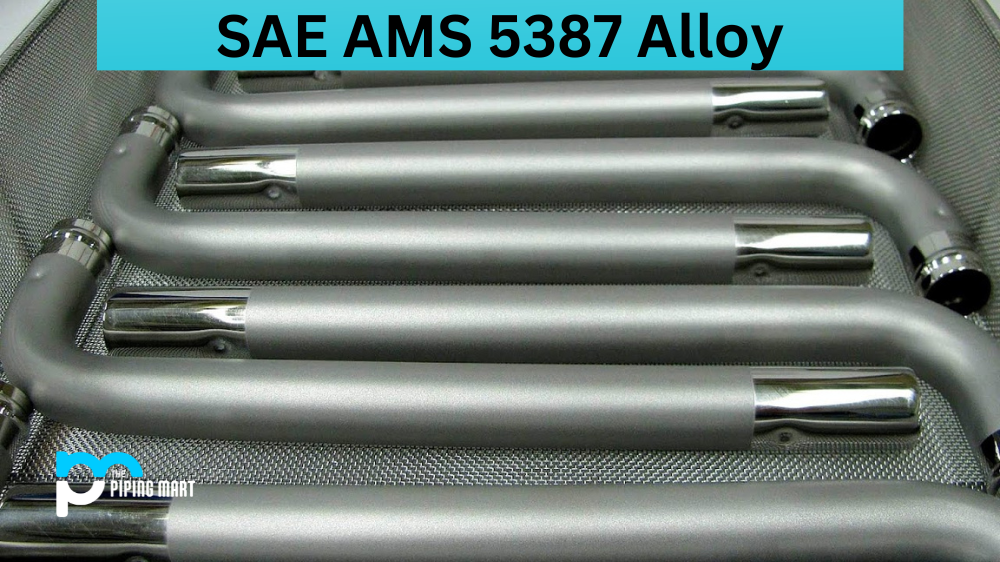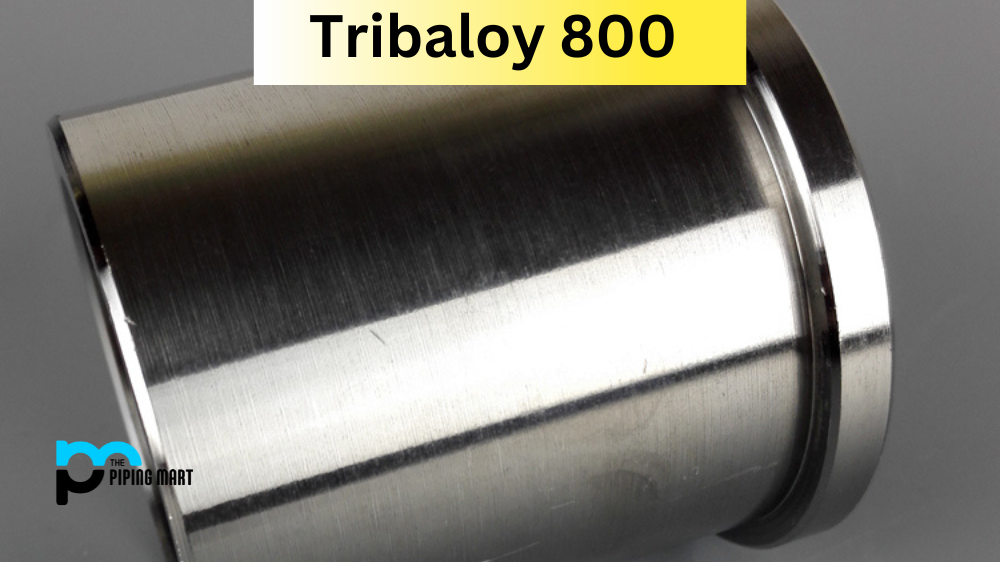Inconel C-276 is a high-performance nickel-based alloy widely used in harsh environments such as chemical processing, aerospace, and marine applications. It has superior corrosion resistance, mechanical and physical properties, and weldability, making it a highly sought-after material in the manufacturing industry. This blog post will explore the composition, properties, uses, and other significant information about Inconel C-276, comprehensively understanding this popular alloy.
Inconel C-276 Composition
Inconel C-276 comprises nickel, chromium, and molybdenum, with smaller amounts of tungsten, iron, and cobalt. It also contains trace amounts of carbon, silicon, and manganese. Combining these elements creates a highly resistant and stable alloy that counteracts the effects of corrosion, oxidation, and stress corrosion cracking.
| Element | Content (%) |
|---|---|
| Molybdenum, Mo | 15-17 |
| Chromium, Cr | 14.5-16.5 |
| Cobalt, Co | 2.5 max |
| Manganese, Mn | 1 |
| Vanadium, V | 0.35 max |
| Silicon, Si | 0.08 max |
| Phosphorus, P | 0.04 max |
| Sulfur, S | 0.03 max |
| Carbon, C | 0.01 max |
| Nickel. Ni | Remainder |
Inconel C-276 Physical Properties
Inconel C-276 has exceptional physical properties making it useful for various applications. The melting point of Inconel C-276 is approximately 1350℃, and the density is around 8.89 g/cm3. The thermal expansion coefficient is low, and it exhibits excellent thermal conductivity and a high coefficient of thermal expansion.
| Properties | Metric | Imperial |
|---|---|---|
| Density | 8.89 g/cm3 | 0.321 lb/in3 |
| Melting point | 1325 °C | 2417 °F |
Inconel C-276 Mechanical Properties
Inconel C-276 possesses superior mechanical properties; it is among the top-performing nickel-based alloys. The tensile strength of the alloy is approximately 790 MPa, with yield strength around 380 MPa. It has a good elongation capability and can operate well in high-stress applications at temperatures up to 1093℃.
| Properties | Metric | Imperial |
|---|---|---|
| Tensile strength | 740.5 MPa | 107400 psi |
| Yield strength | 347 MPa | 50300 psi |
| Elastic modulus | 205 GPa | 29700 ksi |
| Elongation at break | 67% | 67% |
Inconel C-276 Uses
Inconel C-276’s corrosion resistance and high-temperature capabilities make it well-suited for harsh conditions. It is applied in the chemical processing, pharmaceutical, aerospace, marine, nuclear power, and oil and gas industries. Its unique properties make it particularly useful for equipment handling corrosive acids, gases, and chemicals.
Inconel C-276 Hardness
Inconel C-276 has a higher hardness than other nickel-based alloys. At room temperature, its hardness ranges between 220 to 250 Brinell. The hardness decreases as the temperature increases.
Inconel C-276 Heat Treatment
Inconel C-276 has a low thermal conductivity rate, so avoid using an open flame during heating. Heat treatment of Inconel C-276 involves heating the material to around 700-750℃ and holding it for about four hours before cooling it reasonably. Proper heat treatment can enhance the mechanical and corrosion-resistant properties of the alloy.
Inconel C-276 Welding
Inconel C-276 can be welded using several welding processes, including gas tungsten arc welding (GTAW), gas metal arc welding (GMAW), and plasma arc welding (PAW). However, it is an air-sensitive alloy, so welding typically occurs in a vacuum environment or under an argon or helium gas shield.
Inconel C-276 Corrosion-Resistant
Inconel C-276 is the most corrosion-resistant superalloy and is highly suited for corrosive environments. It can withstand oxidation and pitting, reducing the risks of material failure. The alloy boasts exceptional resistance to various acids, such as sulfuric, hydrochloric, phosphoric, and seawater.
Conclusion
In conclusion, Inconel C-276 is a robust and versatile nickel-based alloy prized for its exceptional corrosion resistance, high-temperature properties, and mechanical strength. Its ease of weldability and heat treatments makes it a popular choice for various industries that demand high performance in harsh environments. Its reliability has made it one of the most sort after super alloys and will likely remain so in the foreseeable future.




